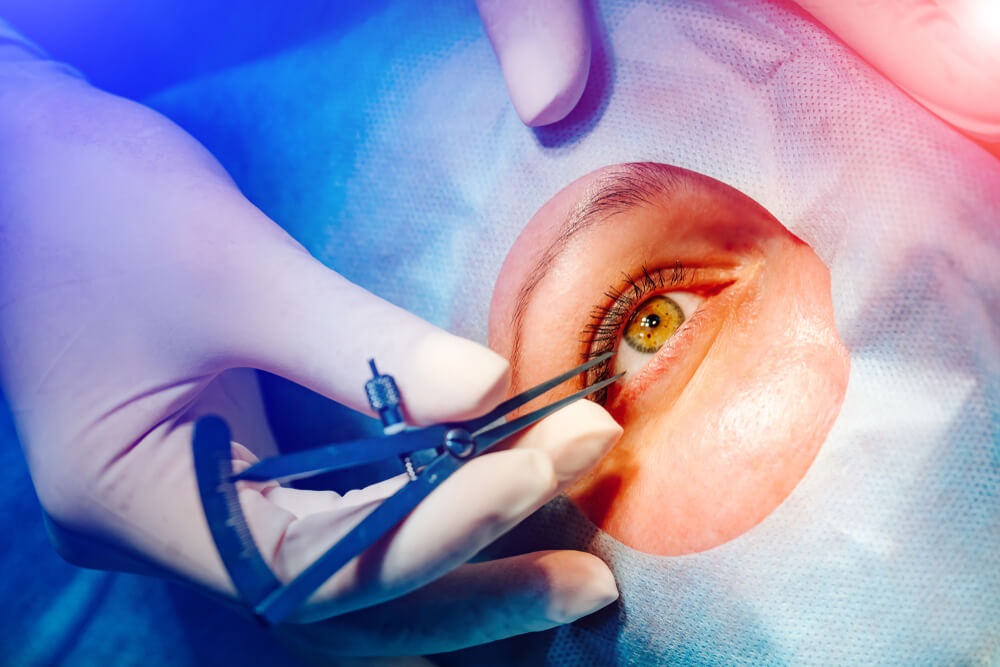Age and heredity can have an impact on a person’s eyelids, making them think that Eye Surgery Revision, (แก้ทรงตาสองชั้น, which is the term in Thai) is necessary to address the functional and aesthetic issues with their eyelids. However, some people would be born with drooping eyelids and might choose to have a cosmetic corrective procedure when still fairly young. Eyelids sag as a person ages and may appear better with cosmetic surgery.
Blephaloplasty is a solution that can solve the issue. The procedure entails the removal of superfluous skin and fat that is leading the eyelid to sag and droop. Additionally, the top and bottom protective coverings will be reshaped by bolstering the local muscles and tendons.
The patient may need to have their sagging eyelids corrected to see and read effectively and may experience functional issues as a result. One of the most common causes of upper eyelid surgery is impaired eyesight. The majority of double eyelid surgeries are just cosmetic. Some individuals think the “bags” under their eyes are really ugly and turn to this method to get rid of them.
How Is It Carried Out?
Incisions are done to the sensitized eye region after a local anaesthetic is administered to the patient. Typically, medicine is given to patients before procedures to reduce their nervousness. The surgeon will use absorbable or surgical tape or removable stitches to seal the wound after trimming away the extra tissue.
Before you contemplate having surgery performed on you, be sure the surgeon has at least 5 years of general training, two years of experience performing plastic surgery, and is certified by the board of American Plastic Surgeons.
Who Is A Potential Patient For The Procedure?
A candidate is someone who has practical or aesthetic issues with their protective folds.
What Are The Procedure’s Advantages And Risks?
Although there are not many dangers associated with this procedure, they should be carefully examined. You can endure infection, redness, edoema, and lasting deformity following the procedure. But if none of these uncommon issues arise, the procedure should be straightforward and fruitful. Within a few weeks, the protective fold over your eyes should recover, and the effects ought to last forever. Insurance companies will occasionally pay for some or all of the procedure’s costs, but only if it is necessary for functional rather than aesthetic reasons.
It’s crucial to discuss your alternatives with your doctor before choosing the surgery.



